VAT in Lithuania: Rates, Registration, & Reporting Guide
.png)
| Standard VAT Rate | Reporting Frequency | VAT Rate for ESS | Digital Reporting | Reporting Currency | |
|---|---|---|---|---|---|
| 21% | Monthly/Quarterly/semi-annual/Annual | 21% | Resident | B2G/SAF/SAF-T | EUR |
| Non-Resident | B2G/SAF/SAF-T | ||||
VAT in Lithuania - Three Types of Rates
There are three types of VAT rates in Lithuania:
Standard VAT rate,
Reduced VAT rates, and
Zero VAT rate.
| Lithuania VAT Rate | Type | Applicability |
|---|---|---|
| 21% | Standard VAT Rate | Applies to all taxable supplies in the country besides those that are subject to reduced rates, zero rates, or are VAT-exempted; |
| 9% | Reduced VAT Rate | Applies to long-term accommodation services provided, printed and e-books, as well as paper-based and e-based non-periodical publications, and passenger transport services. |
| 5% | Reduced VAT Rate | Applies to printed and electronic versions of periodicals, like magazines or newspapers. |
| 0% | Zero VAT Rate | Applies to exports outside the EU, intra-Community supply, and representation services. |
How Much is VAT in Lithuania’s Regions?
Lithuania VAT Law does not stipulate any special VAT rates for specific regions. This means that the standard, reduced, and zero VAT rates apply to all related transactions.
VAT Registration Threshold
In addition to the VAT Lithuania Law, official opinions and guidelines published by the State Tax Inspectorate provide necessary information on the VAT threshold in Lithuania.
The VAT registration threshold for domestic taxable persons, including both individuals and businesses, has been set at EUR 45,000 within the last 12 months. In addition, if the value of goods purchased from another EU country is above EUR 14,000 in the previous calendar year, the domestic taxable persons must register for VAT in Lithuania.
On the other hand, there is no VAT threshold in Lithuania for foreign taxable persons engaging in taxable activities there.
As an EU Member State, Lithuania implemented EU-wide rules relating to the VAT threshold of intra-EU distance sales of goods and B2C supplies of services, set at EUR 10,000. Following the same EU rules, there is no registration threshold for non-EU suppliers of electronically supplied services.
Types of Taxable Activities in Lithuania
Under the VAT Lithuania rules and regulations, any legal or natural person independently involved in economic activity is considered a taxable person. The purpose and outcome of such economic activity are not crucial for a person to be considered taxable.
Suppose any of those activities include the supply of goods or services in Lithuania for a fee, the reception of reverse-charge services by a taxable person in Lithuania, or exporting or importing goods. In that case, they are considered taxable activities for VAT purposes.
VAT Registration Process
The VAT registration process in Lithuania for domestic and foreign taxable persons is similar. However, there are some differences regarding the documents that must be submitted when applying for VAT, especially if the applicant is a non-EU taxable person.
Lithuania VAT Registration for Domestic Businesses
Domestic businesses must submit their VAT registration application electronically through the government portal Mano VMI as taxable persons. In addition to fulfilling and submitting the online VAT registration form, applicants must submit certain documents and provide certain information.
If the application is complete, the State Tax Inspectorate will decide, on the form FR0618, to register the applicant for VAT purposes. The decision is usually made within three working days.
Lithuania VAT Registration for Foreign Businesses
Foreign taxable persons, such as businesses, must submit VAT registration applications to Lithuania’s State Tax Inspectorate via the Mano VMI online portal. However, to complete VAT registratin, foreign businesses must first register in the Register of Taxpayers by submitting Form FR0227.
In addition to completing the application, documents such as a certificate of registration in a foreign country and an original copy of the authorization issued by the foreign person must be submitted with the application, together with their translation into Lithuanian.
Non-EU businesses must appoint a tax representative to complete the VAT registration process. Therefore, the power of attorney of the foreign companies certified by a public notary is an additional document that must be submitted to the State Tax Inspectorate.
The registration process is usually completed within three working days if the application and all submitted documents are in order.
VAT Returns in Lithuania
Under the VAT Lithuania Law, there are four types of VAT returns: monthly, quarterly, semi-annual, and annual.
For businesses, the general rule is to file a monthly VAT return by the 25th of the month following the reporting period. In some cases, a quarterly return may be allowed. For individuals registered for VAT, a semi-annual VAT return is necessary. Annual VAT returns are required if the deductible input VAT must be adjusted at the end of the calendar year.
Penalties for Failure to File Tax Return
Taxable persons who do not comply with the VAT registration and VAT filing rules and regulations may face penalties. For example, suppose a State Tax Inspectorate discovers that a taxable person has unjustifiably reduced the calculated amount of VAT due. In that case, in addition to paying the additional amount of due VAT, a penalty of 20 to 100% of the additional amount of VAT due will be imposed.
VAT Rules for Electronically Supplied Services
A few requirements must be met for a service to qualify as electronically supplied services (ESS) under the EU VAT Directive 2006/112/EC. Services must be provided over the Internet or similar digital networks and must be provided automatically. This means that services that are heavily reliant on human effort and delivered by channels other than digital cannot qualify as ESS.
However, some other terms are often used for ESS, which leads to confusion among taxable persons. These terms are digital services, digital products, and electronic services, and they have the same meaning as ESS.
Lithuania implemented EU ESS-related rules and regulations in its national laws and regulations to align with EU-wide rules under the EU VAT Directive and implementing regulations.
Taxability Rules for ESS:
The reform conducted in 2021, by implementing the E-Commerce package, had an immense impact on taxability rules for ESS. The newly established rules changed the landscape for service providers and contributed to further unification and development of the EU single market.
Under the 2021 E-commerce reform, general rules are used to determine the place of supply for B2B ESS. Regarding the B2C supply of ESS, the destination principle is critical, as it states that the place of supply is determined by the customer’s location.
Also, the reformatory package set the EUR 10,000 threshold as the key to determining taxability rules for distance sales of goods and ESS. Suppliers whose annual turnover is below this threshold may apply VAT rates in their home country. In contrast, those whose turnover is above the set threshold must apply VAT rates based on the destination principle, e.g., the VAT rate Lithuania.
How much is VAT in Lithuania on ESS?
The Lithuania VAT rate for ESS is 21%.
E-Commerce Rules
The purpose of the 2021 E-commerce reformatory package was to tackle the challenges brought by the expenditure and development of the digital economy. The EU VAT Directive simplified the VAT reporting system for businesses engaged in cross-border transactions.
One of the most significant changes was the removal of the EUR 22 threshold and introduction of the EUR 150 threshold for low-value goods imported in single consignments from third countries or territories, also known as non-EU countries.
Deemed supplier rules that make digital platform operators liable for collecting and remitting VAT when specific criteria are met shifted the VAT responsibility to them from the underlying suppliers or actual vendors.
In addition, one of the most noticeable changes was the enlargement of the 2015 Mini One Stop Shop (MOSS) system. Updating rules and regulations for existing Union and non-Union schemes made VAT reporting much more manageable for businesses engaged in cross-border transactions, and by adding additional schemes, the MOSS was transformed into a One Stop Shop (OSS) system.
The 2021 E-commerce reform introduced Import One Stop Shop (IOSS), therefore establishing OSS, which consists of three schemes:
Union Scheme,
Non-Union Scheme,
Import Scheme.
VAT EU Reporting
VAT-registered taxable persons must submit a Recapitulative Statement, also known as EC Sales List, and an Intrastat report.
EC Sales List
Ec Sales List (ESL) is a tax declaration that includes information on intra-Community transactions between EU VAT-registered businesses. The ESLs are submitted monthly by the 25th of the month following the reporting period.
Intrastat
An Intrastat report is a statistical report that includes information on goods supplied by EU VAT-registered taxable persons in different EU countries. For Intrastat reporting to become mandatory for taxable persons in Lithuania, their dispatches to another EU country must exceed EUR 400,000, or their arrivals from other EU countries must exceed EUR 570,000.
However, suppose the dispatches to another EU Member State are valued at more than EUR 10 million, or the value of arrivals exceeds EUR 7 million. In that case, a more detailed Intrastat report is required.
Digital Reporting
In Lithuania, e-invoicing rules and additional digital reporting requirements are in place for VAT-registered businesses.
Local Businesses
Since 2017, mandatory B2G e-invoicing rules apply to all domestic businesses engaged in any transaction with the government. The B2G e-invoices are submitted and processed through the government portal SABIS.
In addition to mandatory B2G e-invoicing, the i.SAF system for electronic filing of monthly reports, including all transactions, such as B2B, B2G, and B2C, as well as domestic, intra-EU, and extra-EU transactions, was implemented in 2016.
This system was later merged into the Smart Tax Administration System, commonly referred to as i.MAS, which aims to reduce administrative burdens and improve efficiency in tax-related matters. The I.MAS includes the SAF system for monthly reporting of information on issued and received invoices and the SAF-T system for electronic tax audit files that must be made available to the State Tax Inspectorate in the audit process.
Non-Resident Businesses
The same digital reporting rules that apply to domestic businesses apply to non-resident businesses. The only exemption is defined for non-resident VAT businesses registered for VAT in Lithuania only because of intra-Eu acquisitions and did not carry out any other economic activity.

More News from Lithuania
Get real-time updates and developments from around the world, keeping you informed and prepared.
-e9lcpxl5nq.webp)

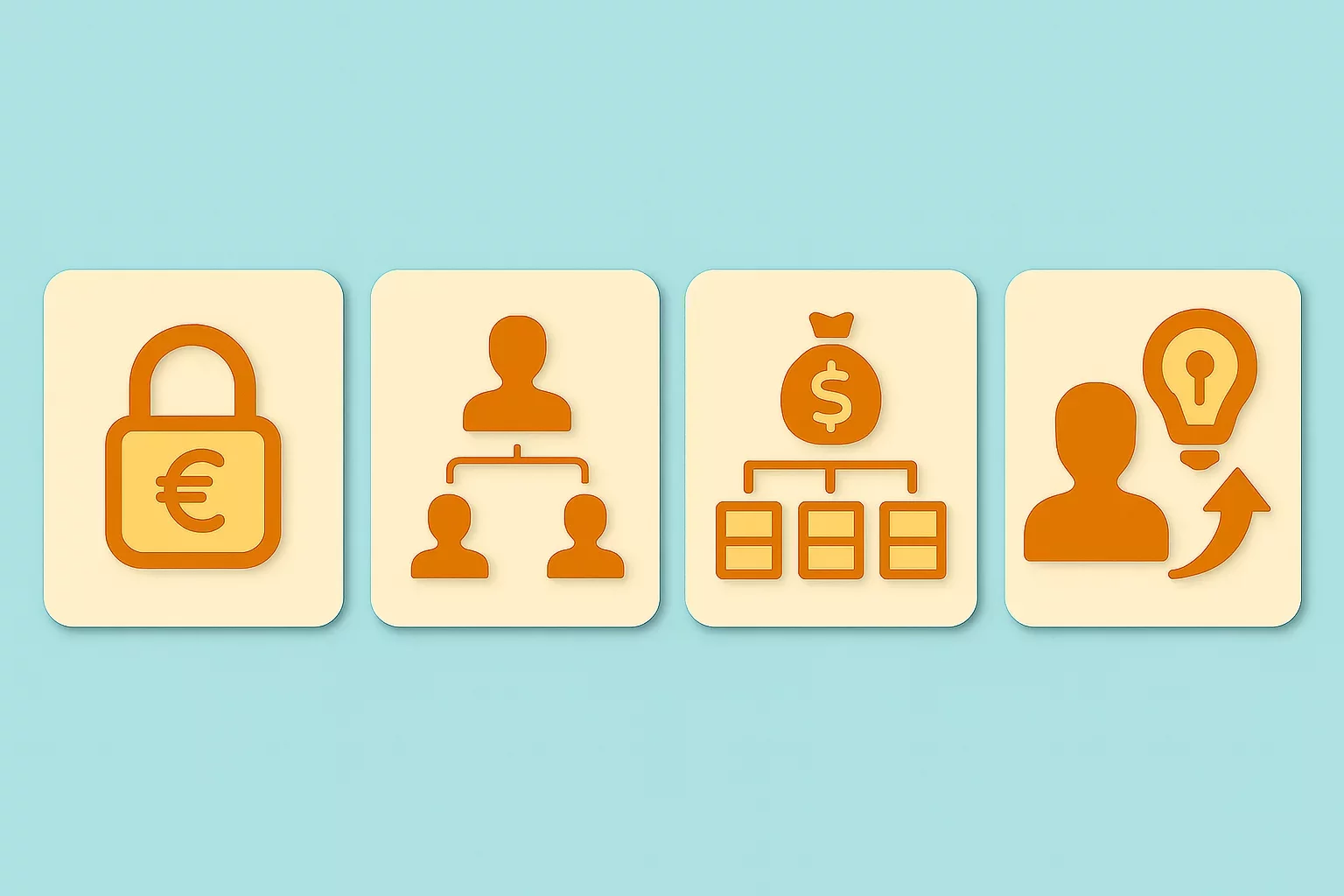
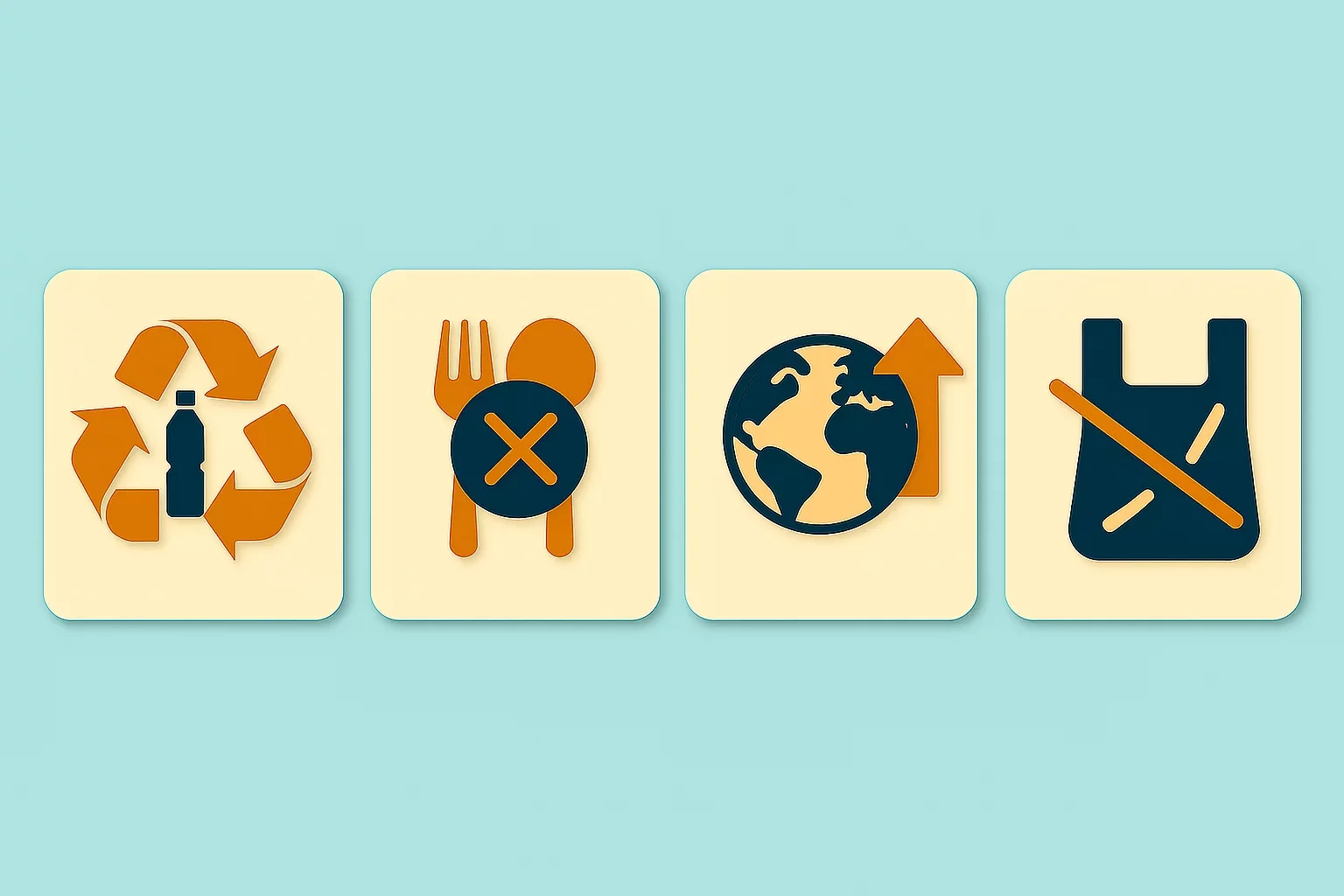

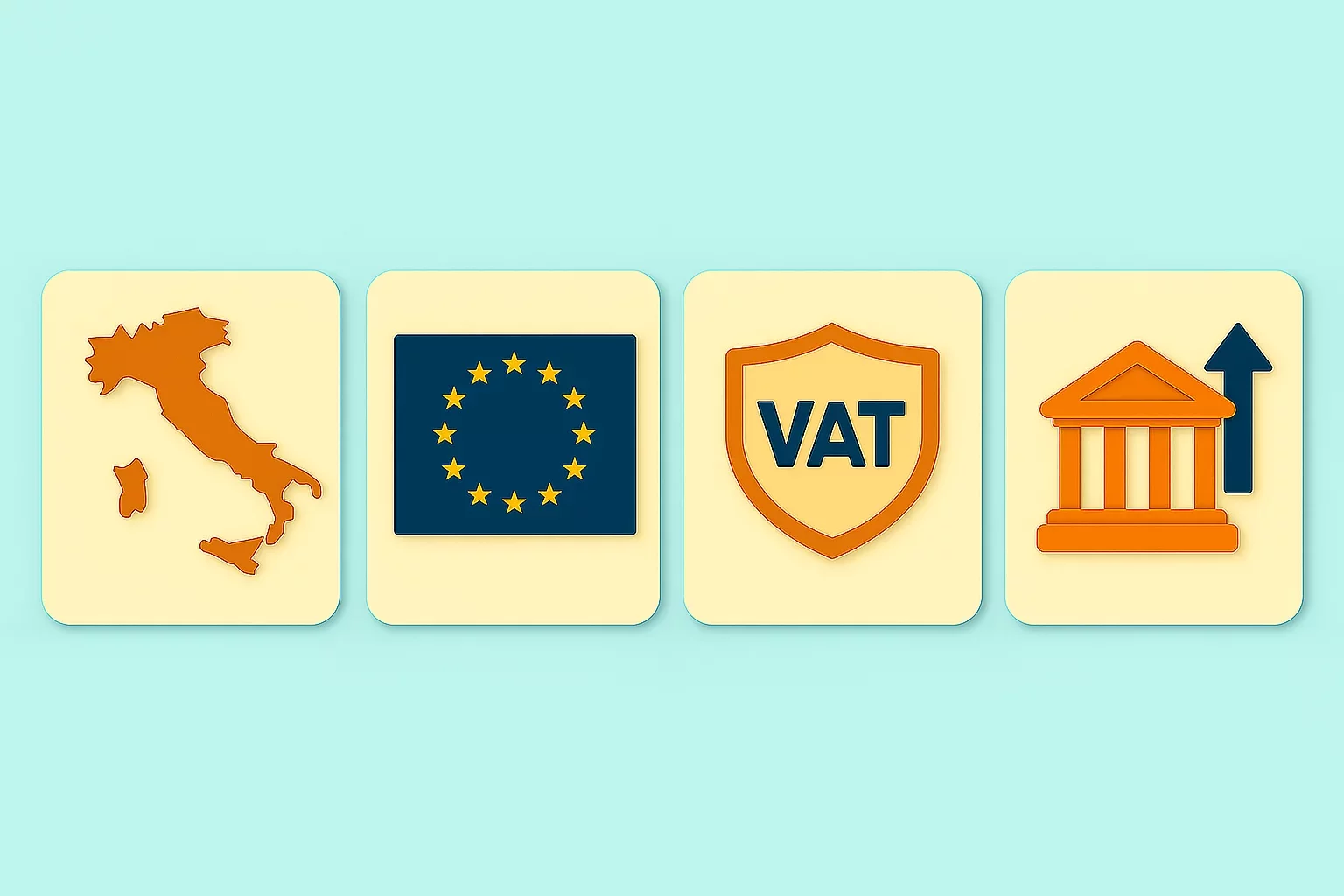
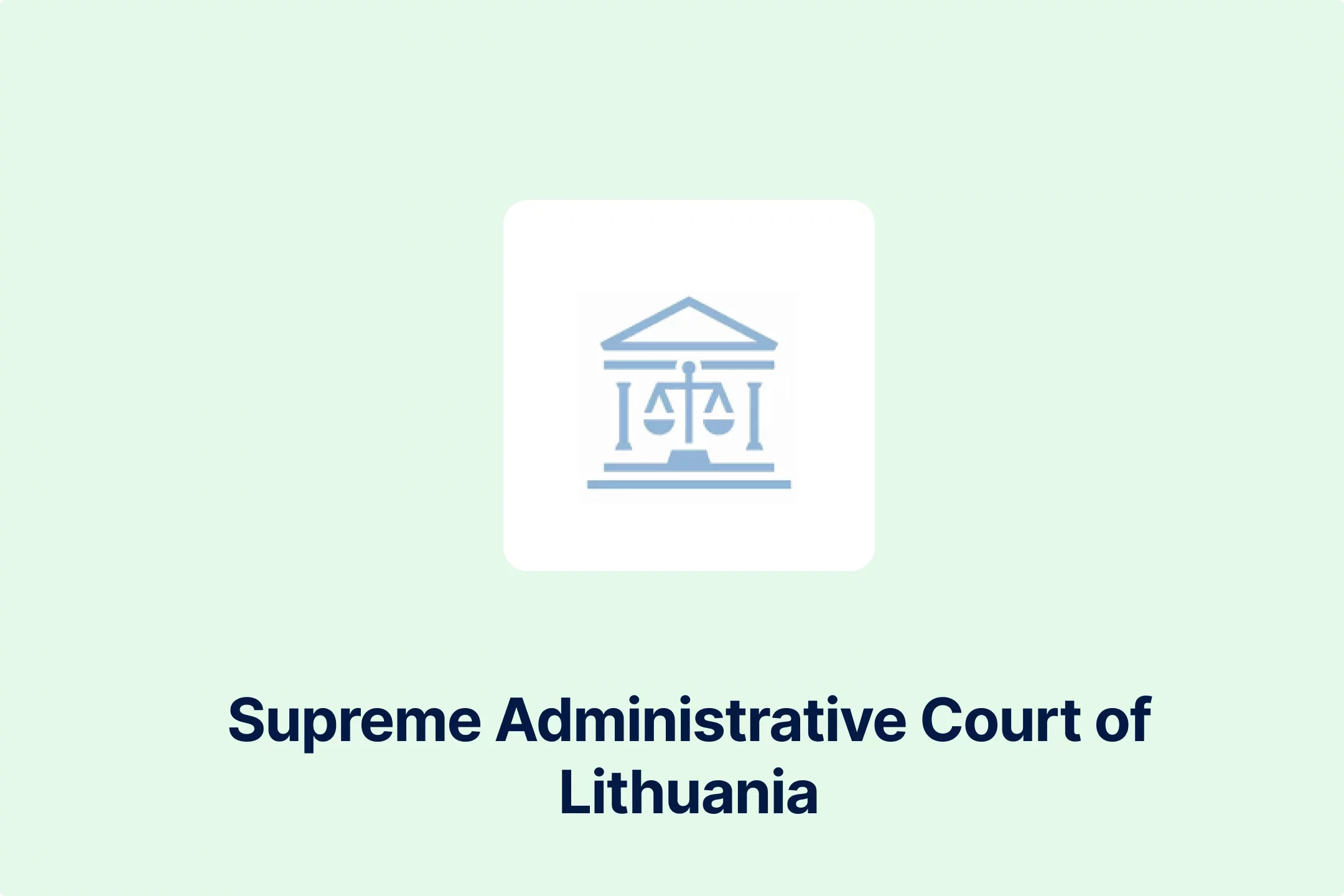
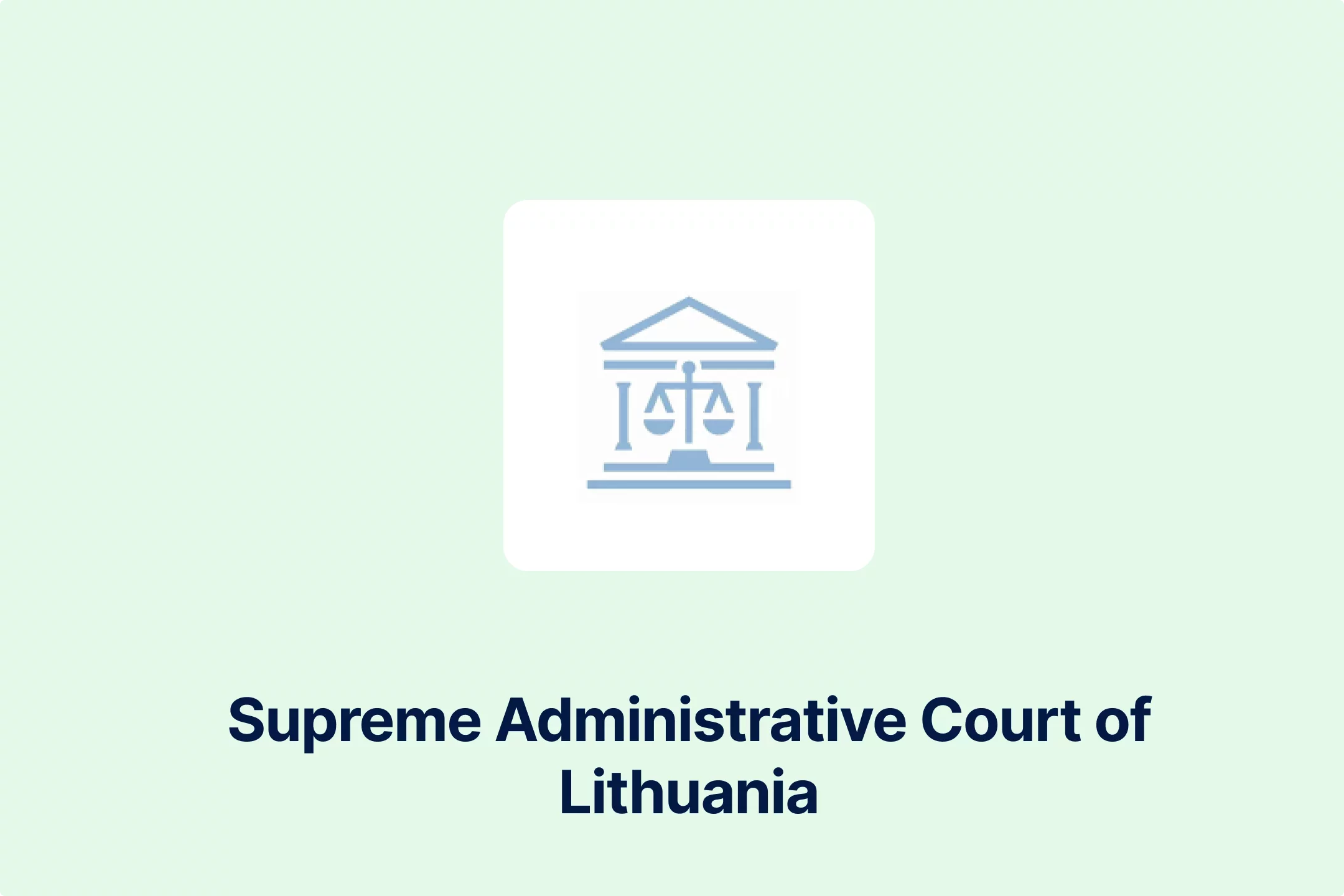
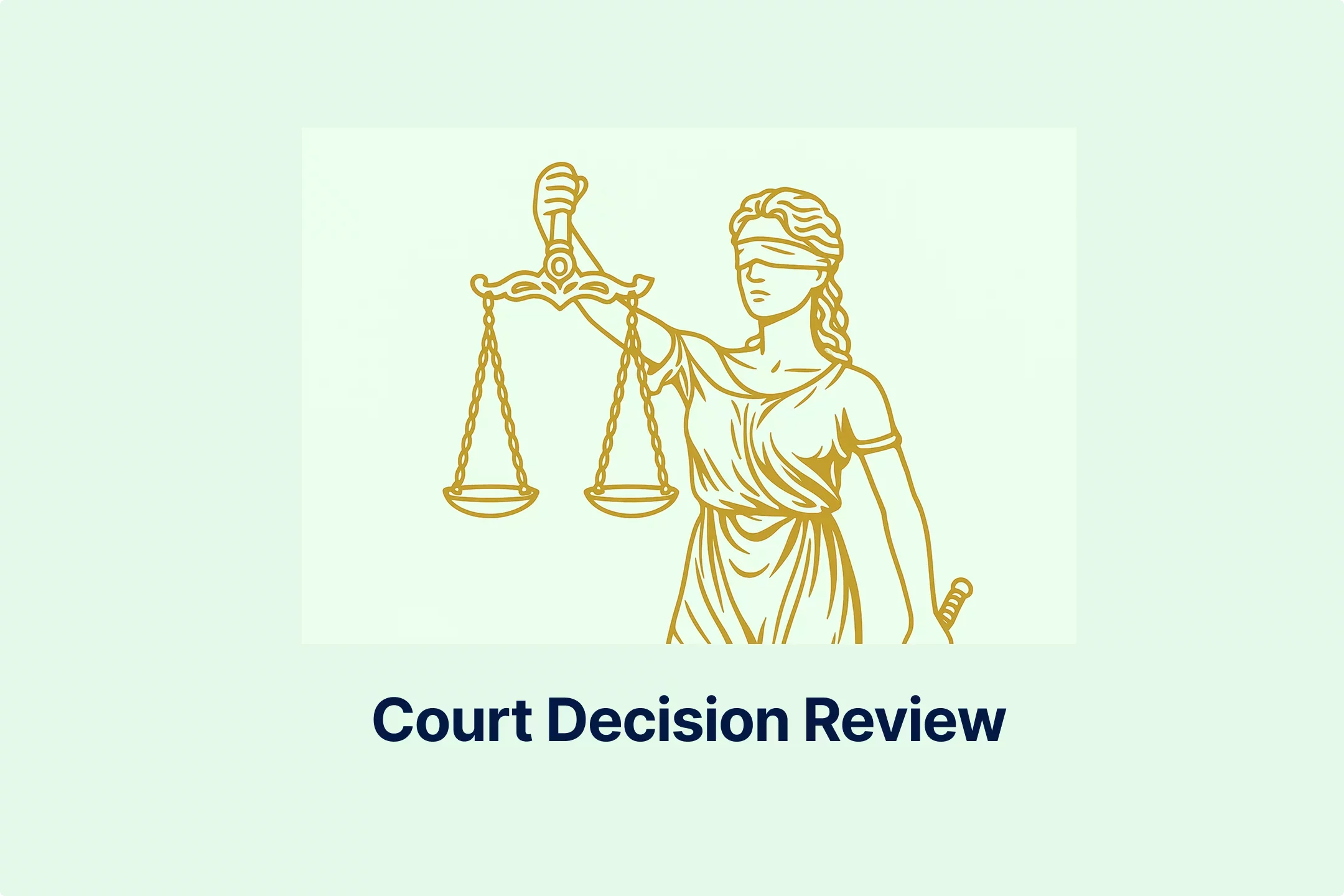
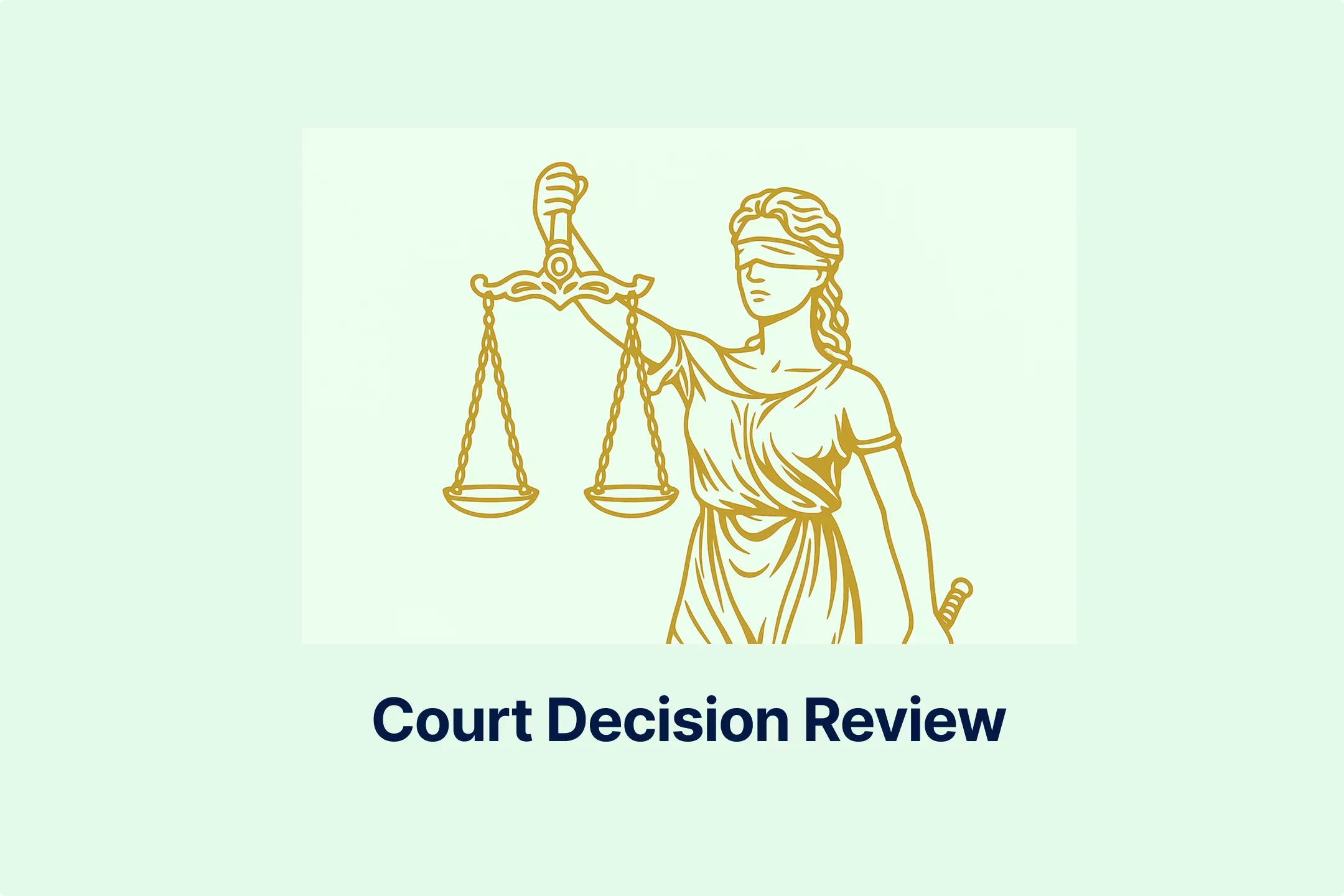
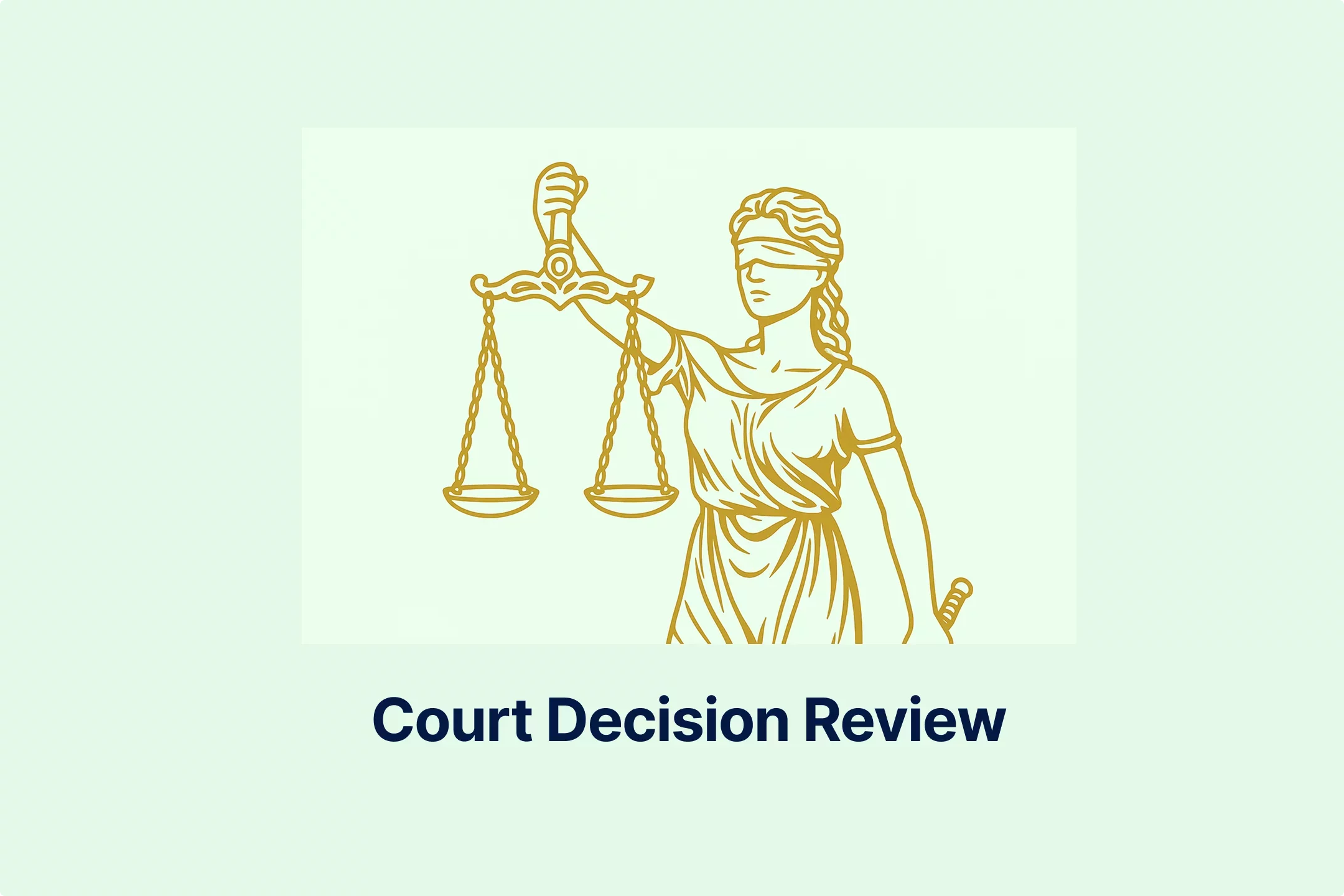
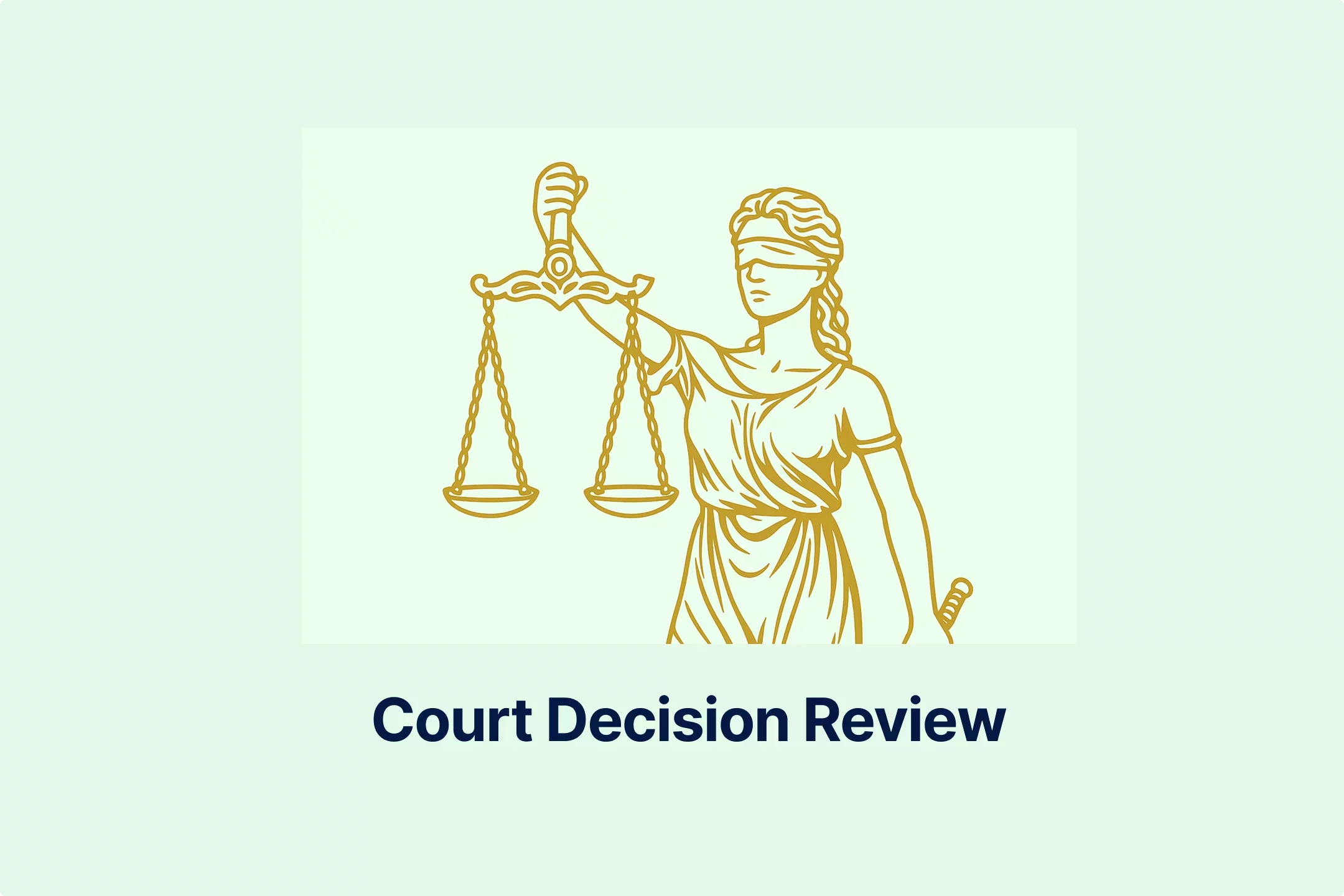



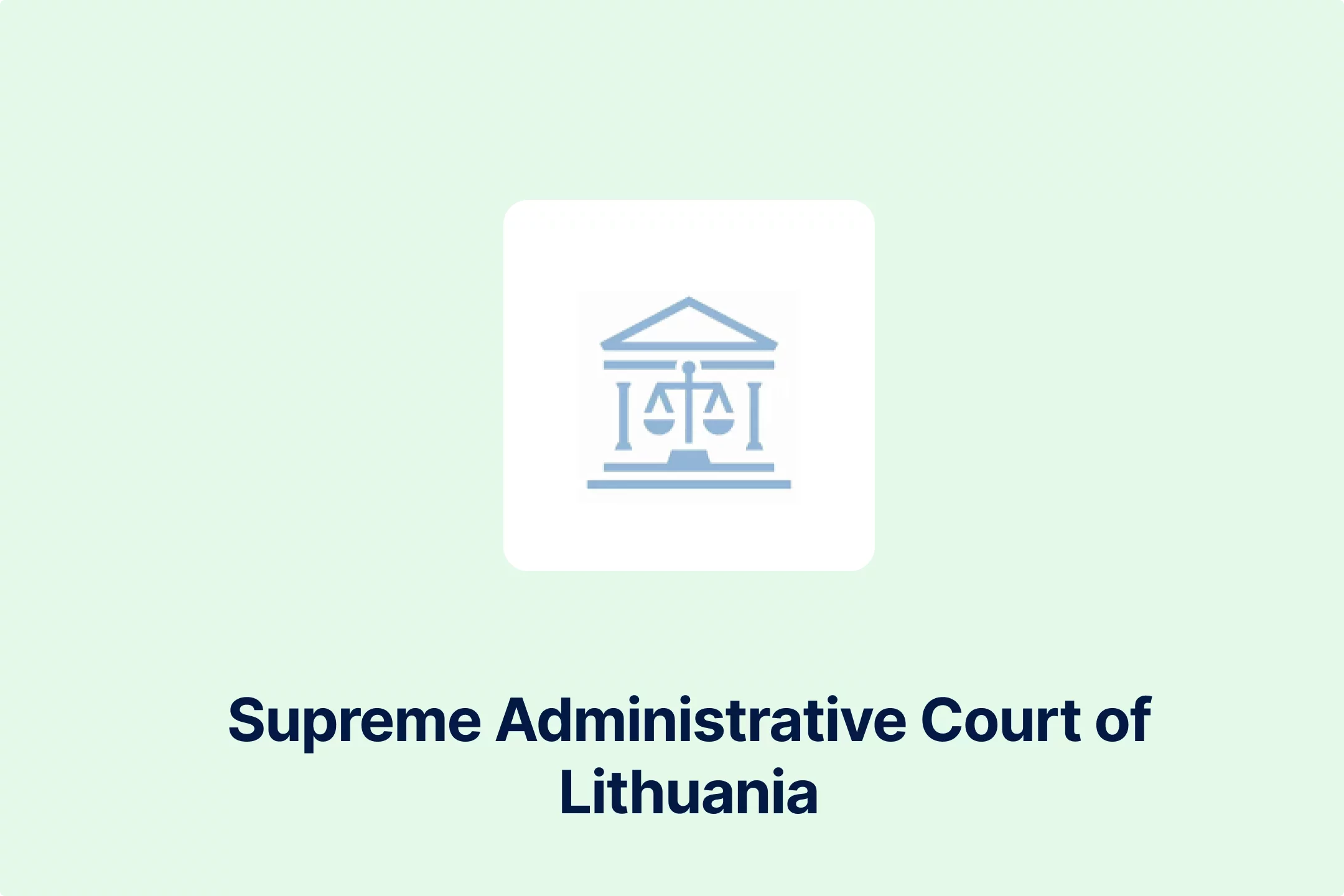

-fhtic1pwml.webp)







